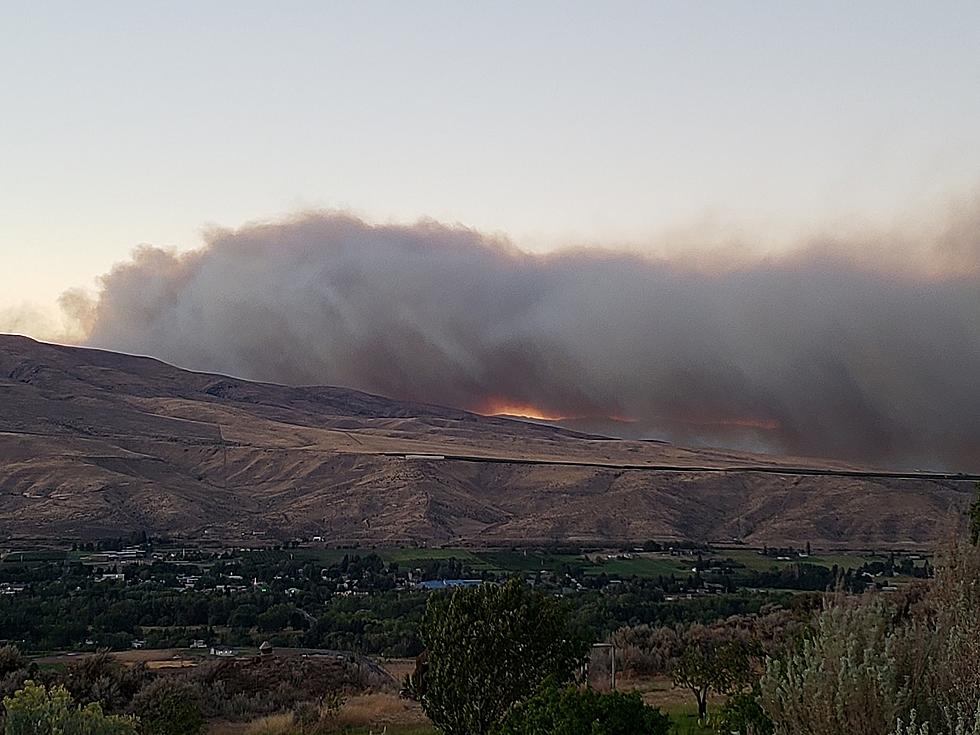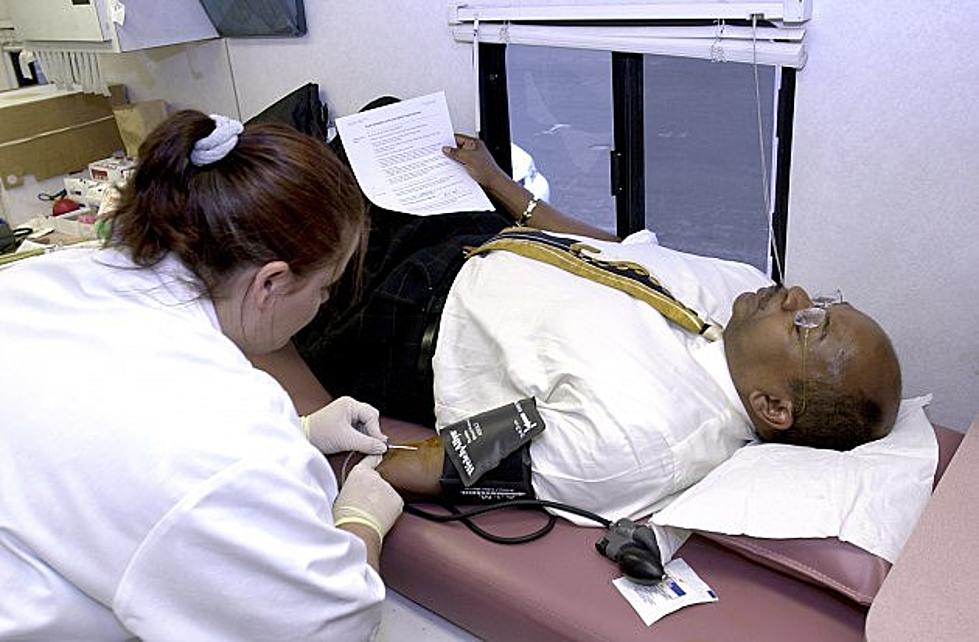
Red Cross Urges Family Plan for Extreme Heat and High Fire Threat
The American Red Cross has all eyes intensely focused on the forecast across the Pacific Northwest.
With extreme heat predicted this weekend, they wanted to take the opportunity to urge families to prepare now for the soaring and scorching temperatures, and the heightened wildfire risk that comes with it.

Parts of Washington are already in an excessive heat watch, posing an increased risk of fire danger. Experts predict 2021’s wildfire season could be extraordinarily dangerous due to the severe drought occurring over much of the western half of the country, and the American Red Cross is urging everyone in the Northwest Region to get ready now.
“After back-to-back years of record-breaking wildfires, this year it’s more critical than ever to get ready now,” said Alex Dieffenbach, Northwest Region CEO. “Last year brought not only the pandemic, but massive wildfires in the west that were responsible for 37 deaths and more than $19 billion in damages. Wildfires are dangerous and can spread quickly, giving you only minutes to evacuate. Help protect your loved ones, get ready now.”
GETTING READY IS EASY - There are simple steps you can take to be prepared:
- Create an evacuation plan. Plan what to do in case you are separated from your family during an emergency and if you have to evacuate. Coordinate your plan with your child’s school, your work and your community’s emergency plans. Plan multiple routes to local shelters, register family members with special medical needs as required and make plans for pets. If you already have an emergency plan, talk about it again with family members so everyone knows what to do if an emergency occurs.
- Build an emergency kit with a gallon of water per person, per day, non-perishable food, a flashlight, battery-powered radio, first aid kit, medications, supplies for an infant or pets if applicable, a multi-purpose tool, personal hygiene items, copies of important papers, cell phone chargers, extra cash, blankets, maps of the area and emergency contact information. Because of the pandemic, include a mask for everyone in your household. If you already have a disaster kit, now is the time make sure the food and water is still okay to consume and that copies of important documents are up to date.
- Be informed. Find out how local officials will contact you during a wildfire emergency and how you will get important information, such as evacuation orders.
- Download the free Red Cross Emergency app to help keep you and your loved ones safe with real-time alerts, open Red Cross shelter locations and safety advice on wildfires and other emergencies. To download the app, search for ‘American Red Cross’ in your app store or go to redcross.org/apps.
WILDFIRE SAFETY AND PREVENTION
- Be prepared to evacuate at a moment’s notice and obey all evacuation orders from officials.
- Post emergency phone numbers by every phone in your house and make sure everyone has those numbers in their cell phones.
- Don’t drive your vehicle onto dry grass or brush. Hot components under your vehicle can spark fires.
- Use equipment responsibly. Lawn mowers, chain saws, tractors and trimmers can all spark a wildfire.
- Use caution any time you use fire. Dispose of charcoal briquettes and fireplace ashes properly, never leave any outdoor fire unattended, and make sure that outdoor fires are fully extinguished before leaving the area.
- If residential debris burning is allowed — use caution. After obtaining any necessary permits, ensure that burning is not currently restricted in your area.
- Store combustible or flammable materials in approved safety containers away from the house.
- Find an outdoor water source such as a pond, well, even a swimming pool, and have a hose that can reach any area of your property.
- Create a fire-resistant zone free of leaves, debris or flammable materials for at least 30 feet out from your home.
- Regularly clean roofs and gutters.
- Make sure driveway entrances and your house number are clearly marked so fire vehicles can get to your home.
The Red Cross will continue to make sure people have a safe place to stay, food to eat and resources to help them recover after a disaster. Ensuring people have a safe place to stay during a disaster is a critical part of the Red Cross mission, but how they support sheltering efforts may be different in each community, depending on local emergency plans and the scale of the disaster. In most cases this year, they will open group shelters.
LOOK: The most expensive weather and climate disasters in recent decades
Things That Can Blow Away in a Tri-Cities, Washington Windstorm
LOOK: Here is the richest town in each state
More From KMGWFM









